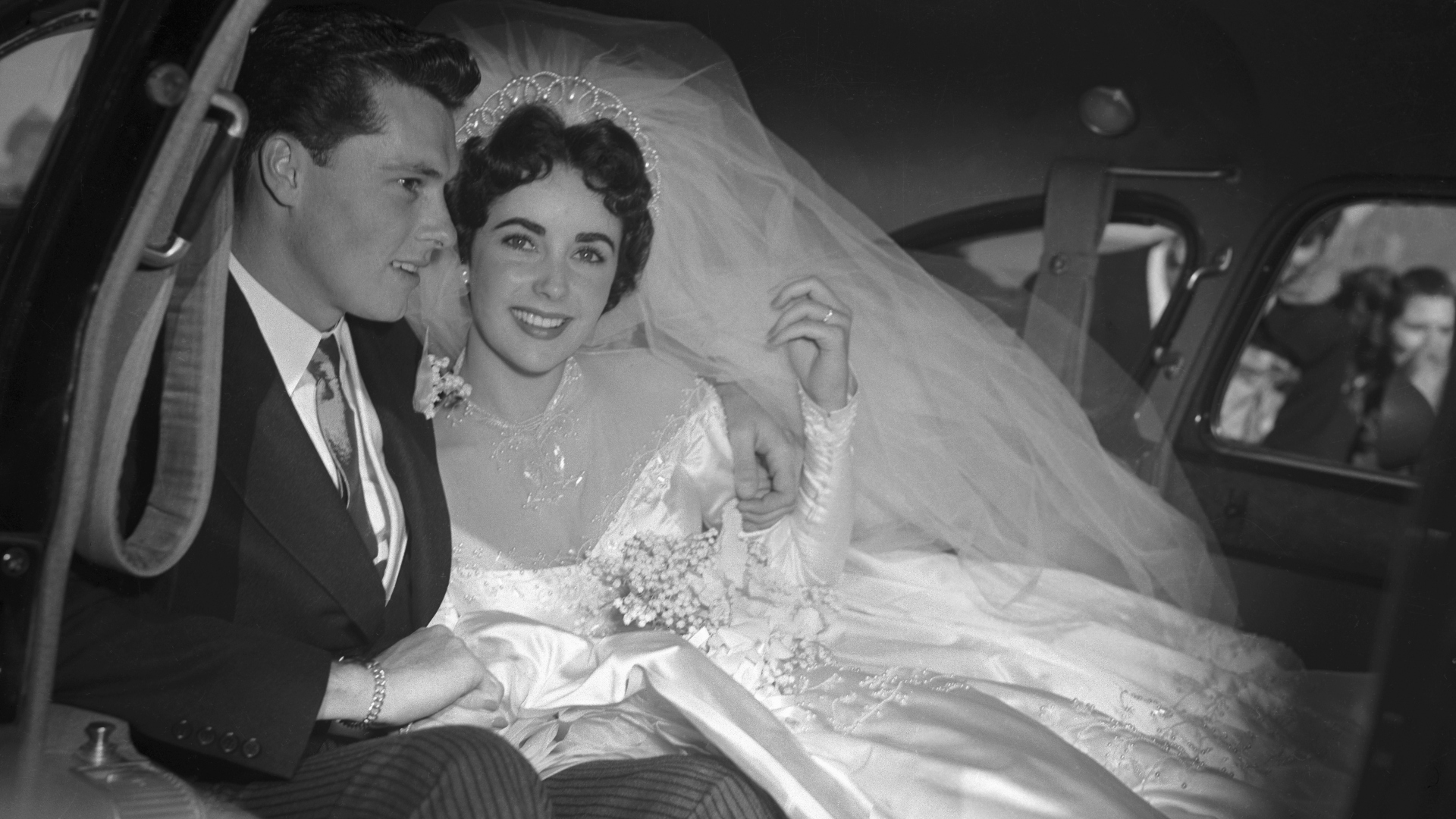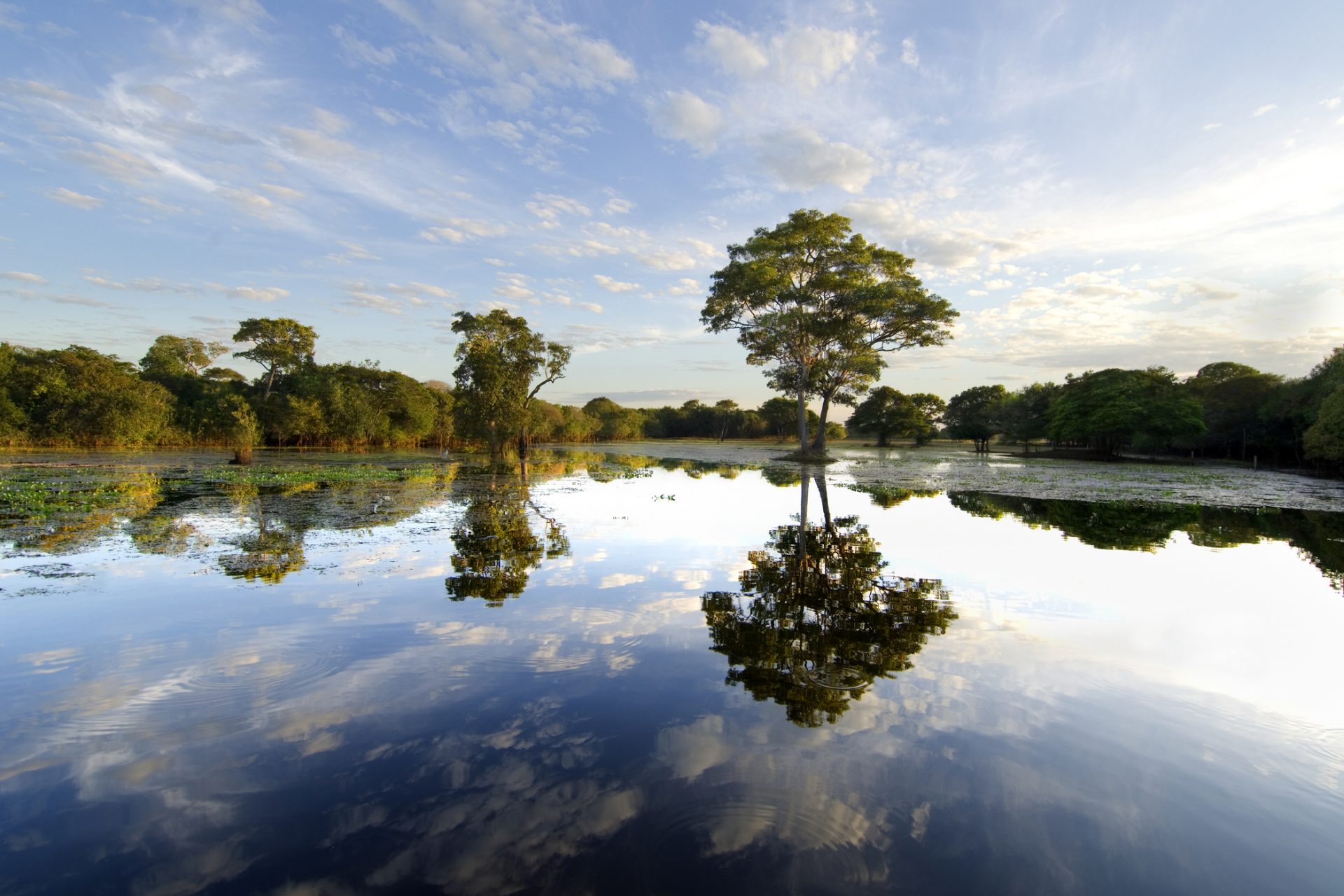Alcatraz: the prison's true stories and myths
Located in the centre of San Francisco Bay, California, Alcatraz Island is famous around the world for having been a maximum security federal prison between 1934 and 1963.
So much so, that it's been considered a National Park since 1972 and is open to tourist visits. It is estimated that 1.5 million people pass through its dependencies each year.
To get to Alcatraz Island, you have to take the ferry at Pier 33, very close to Fisherman's Wharf, in San Francisco. But for those who won't be going, here are some curiosities about the famous prison...
The first curiosity about this old prison leads to Spain, the country of origin of the explorer Juan Manuel Ayala, who rediscovered the island in 1775. The first thing he found when he arrived there was a tremendous colony of gannets, a seabird whose name in Spanish is alcatraz.
The Hopi Hostiles were a group of 19 Hopi men (a native-American tribe) who were imprisoned on Alcatraz when it was still under military control. The men opposed the government’s forced education in schools and the policies that were intended to eliminate their language and religion.
The government figured that hard labor and confinement would eventually force them to submit, and they were held from January to August of 1895, but they continued to resist even after they were released.
Known as 'The Rock', legend speaks of a prison from which no one escaped due to its security measures, because it was surrounded by the icy waters of the Pacific (around 10º Celsius or 50º Fahrenheit) and because of the danger of strong currents.
Out of 14 attempts in the history of the prison, only one successful escape has been recorded, that of the Anglin brothers and Frank Morris in 1962, of whom nothing has been heard since. They could have died in the waters of the Bay, but legend places them in Brazil a few days after the escape.
In 1945, an inmate by the name of John Giles managed to escape the island by stealing an army uniform from the laundry bags and getting onto an army truck. Unluckily for him, the truck was on its way to Angel Island, and as soon as he got off the truck, correctional officers sent him back to Alcatraz.
Image: Sandie Clarke/Unsplash
The waters of the San Francisco Bay are part of the famous Alcatraz Triathlon held every year, to prove that escape from Alcatraz was not impossible. There are 2.4 kilometres that separate the bay from Alcatraz Island. Prison officials spread the rumor that there were sharks, which was false.
The showers at Alcatraz were always supplied with moderately hot water, in order to hinder inmates from becoming acclimated to the cold Bay waters.
Prisoners who caused problems in other prisons were sent to Alcatraz. More than 1,500 of the bloodiest criminals in the United States passed through its dependencies throughout its history. The average time they spent in there were 8 years.
To name a few: Al Capone, Bumpy Johnson, Mickey Cohen, Alvin Karpis and James 'Whitey' Bulger were there.
Con artist Victor Lustig once managed to con Al Capone out of $5,000, not to mention he was also responsible for trying to sell the Eiffel Tower, not to mention the massive counterfeiting operation which got him sent to Alcatraz, where Capone just happened to be a prisoner.
Interestingly, the quality of life at Alcatraz was better than other prisons. Those responsible thought that if the food was rich and abundant, the fights would be minimal and they were right.
To this was added that the rooms were individual, that the prisoners had a baseball team or that there was even a music band. Many prisoners requested a transfer to Alcatraz in the mid-20th century. Its library came to accumulate more than 15,000 books.
The 336 cells that the prison had measured 1.5 x 2.75 x 2.13 meters, the prisoners could not have possessions and there was only a bed, a table and a chair, in addition to a toilet and a sink. There was no privacy.
The original Native American inhabitants of the island claimed to have encountered evil spirits before it became a prison, and writer Mark Twain described it as “being as cold as winter, even in the summer months.”
After being sentenced to life imprisonment, Robert Franklin Stoud had time to become an expert native ornithologist. He ended up being known as 'Birdman of Alcatraz', and inspired a movie with the same name in 1962 starring Burt Lancaster.
Every night at 9:30 p.m. the lights went out and the silence in the prison was sepulchral. Whoever broke it risked spending a time in an isolation cell.
One of the most impressive facts about Alcatraz is that, in addition to the prisoners, 300 civilians also lived on the island. In this case, jail employees and their families. They even had their own supermarket there.
The reason that led to the closure of Alcatraz prison in 1963 was the high maintenance cost involved in keeping it running. Each Alcatraz inmate cost three times as much as another prisoner. In addition, the salt water had severely damaged the structure of several of its buildings.
In 1969, Richard Oakes led a student occupation of the prison to call for the abolition of tribal sovereignty and to relocate Native Americans to cities. They spent 19 months in Alcatraz Island.
Finally, in 1971, the last natives were evicted. Of course, this movement allowed the United States Government to return numerous lands to the Indians, in addition to approving several laws to promote Indian self-determination.
JK Rowling confessed that her Azkaban prison, from the Harry Potter saga, is inspired by Alcatraz Island. In fact, its name is the combination of Alcatraz with Abbadon, a Hebrew word that means place of destruction.
'The Rock' (1996), one of Michael Bay's most famous films, with Nicolas Cage, Sean Connery and Ed Harris, was shot at Alcatraz Island. In fact, the premiere of the tape was also made in the prison itself.
If you're craving a visit after all these facts, you should know that the cost during the day is 49 dollars, and at night is 56.40. In both cases, the visit lasts around two and a half hours.






































